Telangana ranks fourth in India Innovation Index
Thu 21 Jan 2021, 10:37:54
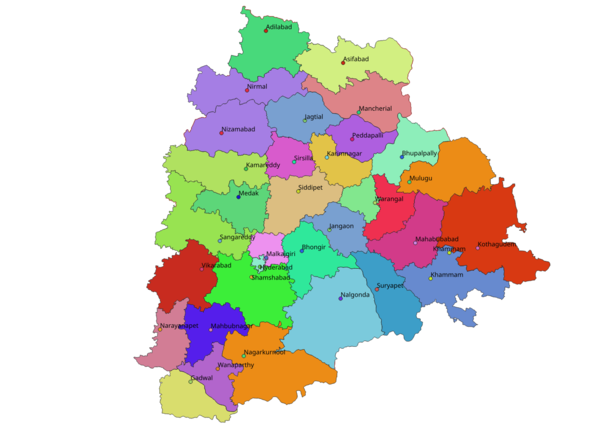
Telangana, the youngest State in the country which came into existence just seven years ago, is giving all the major and more mature States a run for their money. The latest instance of Telangana’s outstanding march on various fronts is its ranking — 4th in performance — in the India Innovation Index report released by Niti Aayog under the major States category.
The India Innovation Index, in the words of Niti Aayog Member Dr VK Saraswat, depicts the innovation landscape of the country at the sub-national level and portrays the innovative capabilities of States, highlighting their strengths which can be replicated in others and weaknesses that can be rectified.
“The index will also help States assess their capacities in identifying areas that have the potential to boost the development of innovation-led entrepreneurship and attract startups and hi-tech companies,” Dr Saraswat said in the report, which reflects the achievements and aspirations of Telangana.
The innovation index is based on five ‘Enabler Pillars’ — human capital, investment, knowledge workers, business environment and safety and legal environment — and two ‘Performance Pillars’ — knowledge output and knowledge diffusion.
That the State under the leadership of Chief Minister K Chandrashekhar Rao has been moving in the right direction in the past seven years is reflected in the rankings Telangana achieved in these seven parameters, placing it among the top half a dozen States that are contributing significantly
to the nation’s overall development.
to the nation’s overall development.
Telangana has done particularly well on the two ‘Performance Pillar’ parameters and stood second in ‘Knowledge Output’ with a score of 28.33, just behind a developed State like Maharashtra which scored 34.57. In ‘Knowledge Diffusion,’ the State stood fourth after Karnataka, Tamil Nadu and Maharashtra.
When it comes to ‘Enabler Pillars,” Telangana is ranked fifth in Knowledge Workers, seventh in Business Environment and eight in Human Capital and Investment.
Human Capital reveals the level and quality of education and research capability that are important determinants of the innovation capacity of a region. The Investment parameter pertains to public and private funding that gauge the financial standing of a State and the amount it spends on R&D. Knowledge Workers captures the level of business sophistication to gauge how conducive firms are to innovation activities.
Business Environment assesses the business environment in by considering the ease of doing business ranking and governmental technological adoption. Knowledge Output is a parameter with the objective of adding variables like number of patents and trademarks filed to capture the fruits of innovation, while Knowledge Diffusion reflects how much a State can develop and apply knowledge to increase value-added components in products and services, as well as a more general move toward an innovation-driven economy.
No Comments For This Post, Be first to write a Comment.
Most viewed from Hyderabad
Most viewed from World
AIMIM News
Asaduddin Owaisi questions PM Modi's China policy
Jan 08, 2025
Owaisi slams UP over police post near Sambhal mosque
Dec 31, 2024
Owaisi hails SC order on Places of Worship Act
Dec 13, 2024
AAP Corporator Tahir Hussain joins AIMIM party
Dec 11, 2024
Latest Urdu News
Most Viewed
May 26, 2020
Which political party will win the Delhi Assembly polls to be held on Feb 5?
Latest Videos View All
Like Us
Home
About Us
Advertise With Us
All Polls
Epaper Archives
Privacy Policy
Contact Us
Download Etemaad App
© 2025 Etemaad Daily News, All Rights Reserved.


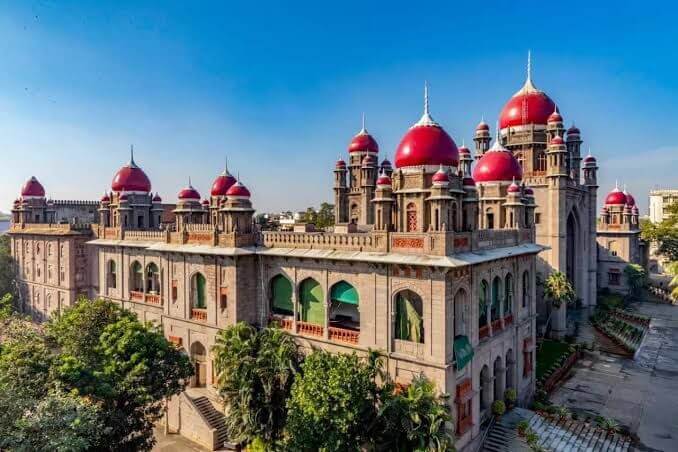
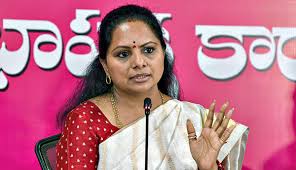
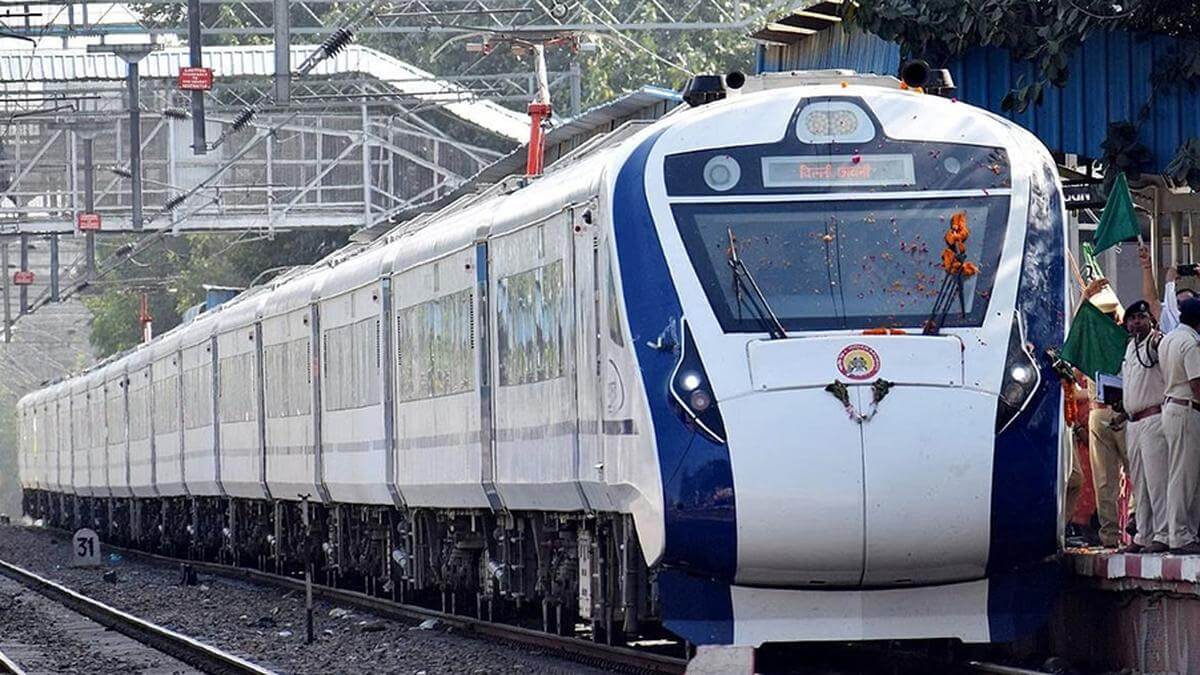

.jpg)

.jpg)
.jpg)
.jpg)
.jpg)
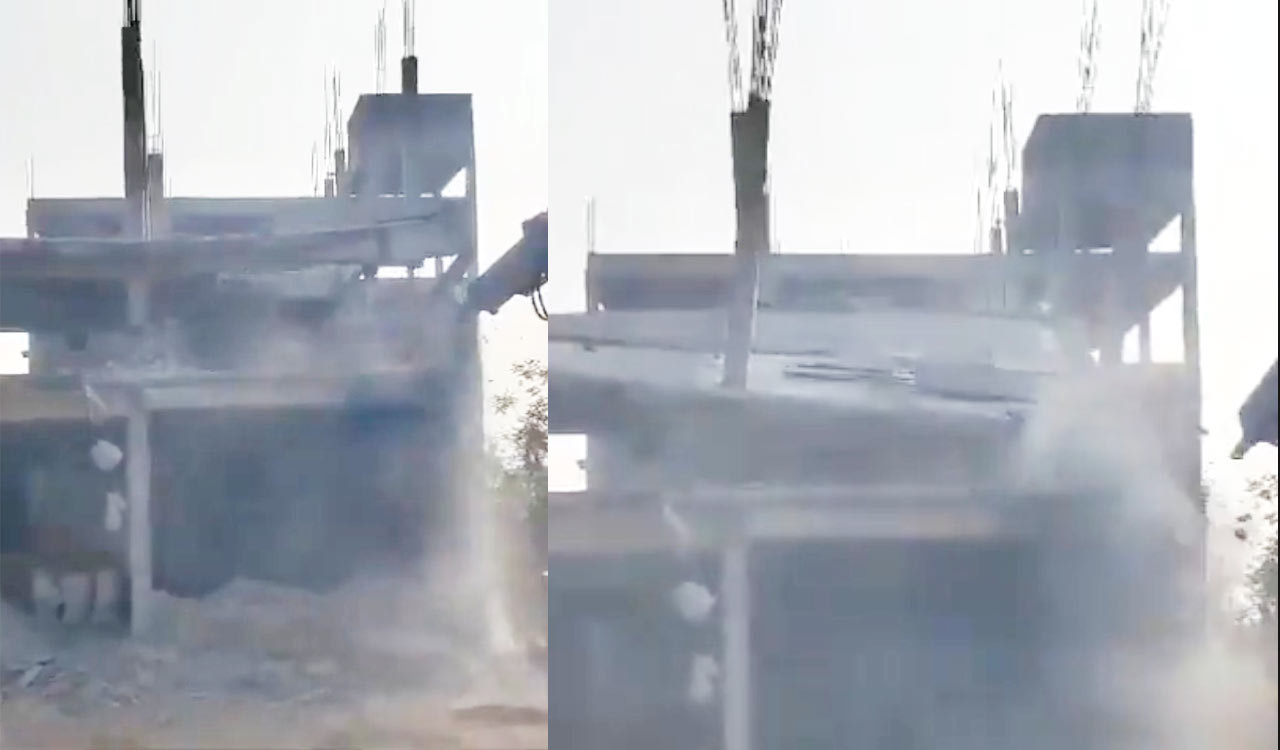

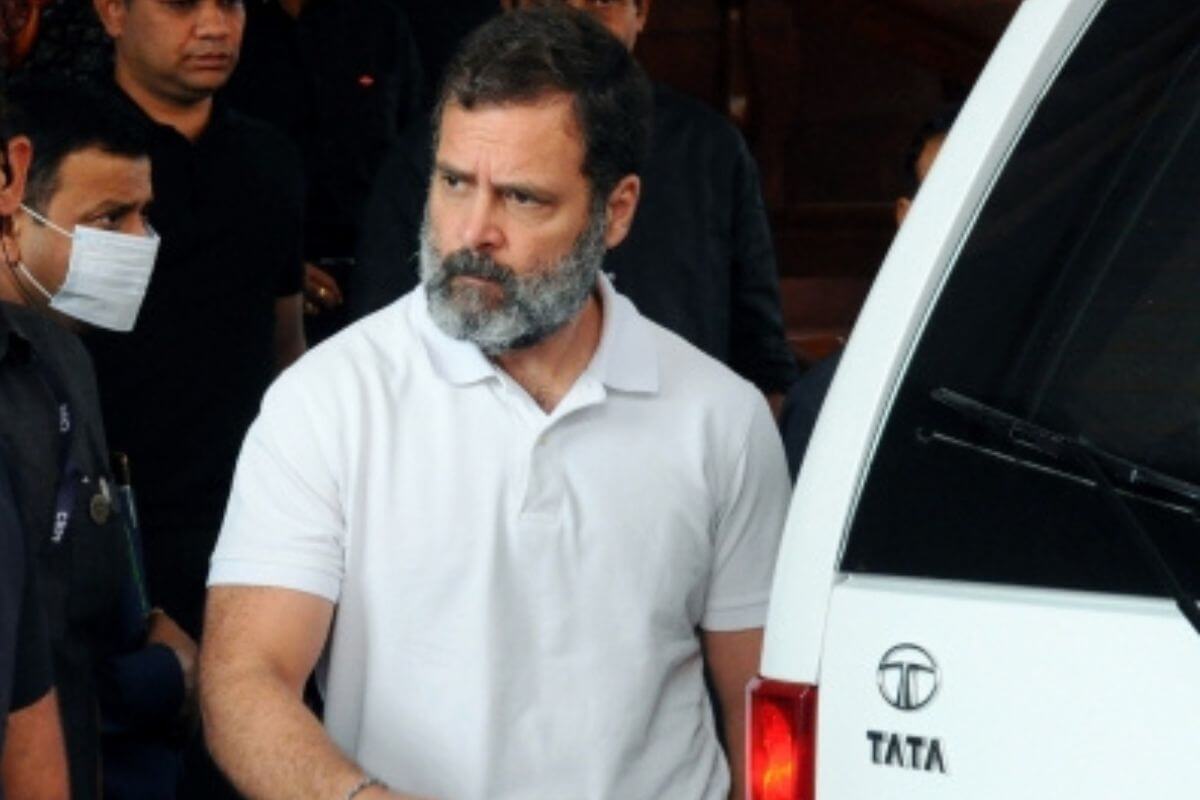



.jpg)
.jpg)
.jpg)
.jpg)
.jpg)
.jpg)
.jpg)
















